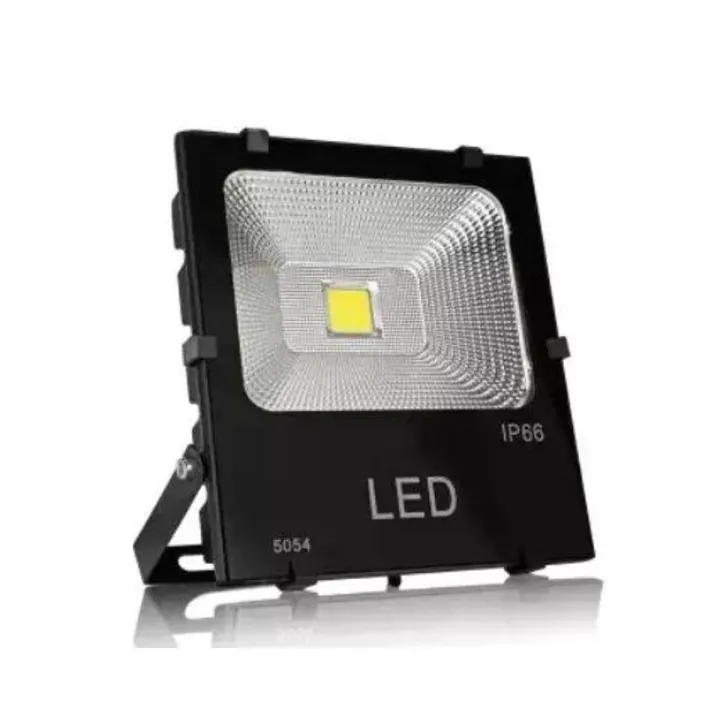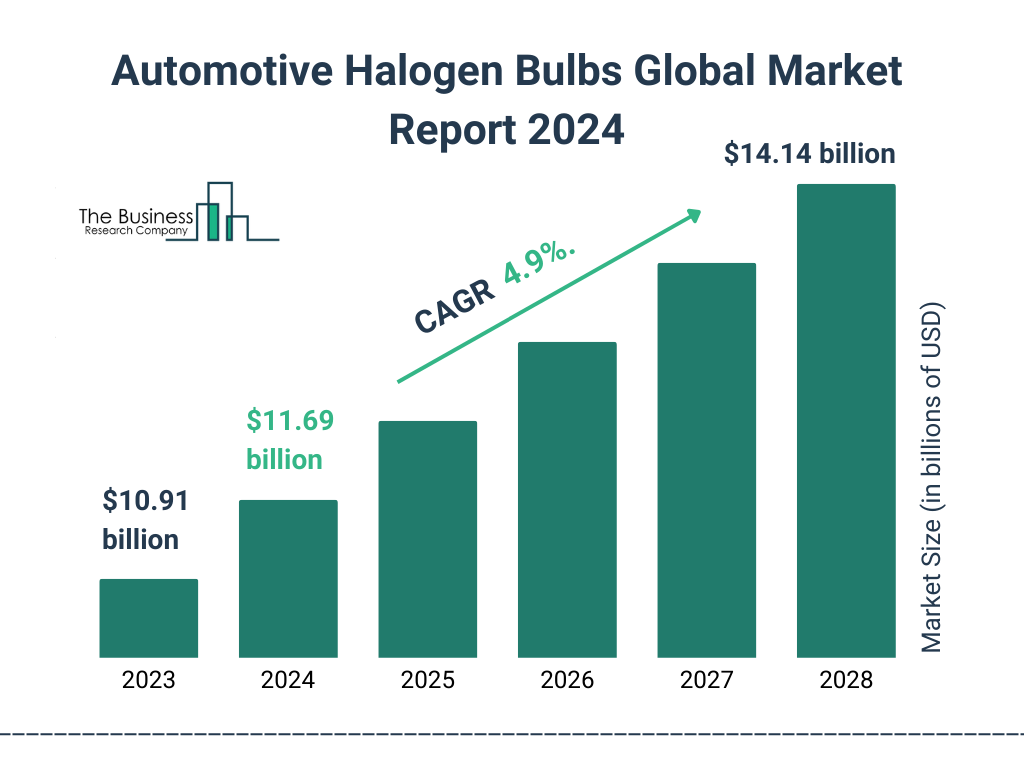Halogen Light Price In Bangladesh
Isn’t it intriguing how the price of halogen lights in Bangladesh can reflect shifts in both global markets and local innovations? While traditionally known for their warm lighting and energy inefficiency compared to LEDs, halogen bulbs have surprisingly maintained a segment in the market. Their affordability and compatibility with conventional fixtures play a significant role in their enduring presence.
In Bangladesh, the halogen light industry has witnessed gradual price adjustments over the years, influenced by import duties and local market demands. With prices ranging from BDT 100 to BDT 300, they continue to find favor among households valuing their instant brightness and unique glow. Notably, as market dynamics evolve, there’s also an increasing push towards more energy-efficient alternatives, driving shifts in pricing strategies.


Halogen Light Price in Bangladesh
The price of halogen lights in Bangladesh is influenced by several key factors. Manufacturing costs, distribution expenses, and the demand for lighting solutions all play a role. While halogen lights are known for their brightness, energy efficiency is not their strong suit. This might affect their popularity compared to other types of lights, such as LEDs. Still, their lower initial price point keeps them in the market.
Bangladesh’s halogen light prices also depend on import duties and taxes. Various administrative factors contribute significantly to cost variations. As a developing nation, the need for affordable lighting solutions remains crucial. An increase in duties can make halogen lights more expensive for the average consumer. Therefore, monitoring these external influences is vital to understanding price changes.
It’s interesting how local market demand affects halogen light prices. Urban areas might see stable prices as compared to rural locations. Naturally, this can cause discrepancies in pricing across regions. Retailers must adjust to these local demands to remain competitive. Seasonal promotions or bulk purchasing discounts are common tactics used.
For those seeking environmental benefits, it’s noteworthy to explore alternative solutions. Advances in LED technology, for instance, offer a sustainable option. This development presents a potential challenge for halogen lights in maintaining their market share. According to this post, adopting more energy-efficient lighting trends could reshape future pricing strategies. Therefore, staying updated on technological advancements is beneficial for consumers and retailers alike.
Factors Influencing Halogen Light Price
Halogen light prices can vary due to a range of economic and material factors. One major aspect is production costs, which include raw materials and labor expenses. These factors often determine the base manufacturing cost of the lights. Moreover, fluctuations in global material markets can impact production budgets. A change in these costs may be directly reflected in consumer prices.
Transportation and distribution also heavily influence pricing. Shipping costs, which can vary based on fuel charges and distances, play a crucial role. Efficient logistics can help minimize these costs, while challenges can drive prices up. Retailers often have to adjust their pricing to account for these variations. Hence, a smooth supply chain is vital for stable pricing.
Market demand significantly shapes pricing strategies. In periods of high demand, prices may rise due to scarcity or competitive bidding. Seasonal changes or new construction projects can lead to shifts in consumer demand. Retail strategies, such as bulk purchasing, can offer price benefits to consumers. Therefore, understanding demand trends is essential for both buyers and sellers.
Government policies, like import taxes, are another critical factor. These taxes can either favor or hinder the pricing of imported halogen lights. Changes in trade regulations can create price differences across regions. Local production incentives can help offset some of these additional costs. Ultimately, keeping an eye on such policies can help in predicting price movements.
Comparison: Halogen Light vs LED Light Price in Bangladesh
When looking at costs, halogen lights initially appear more wallet-friendly compared to LED lights in Bangladesh. The basic price of a halogen bulb is generally lower, attracting budget-conscious buyers. Yet, it’s crucial to consider the frequent replacement needs of halogen bulbs. These replacements can add up in the long run. Hence, initial savings might not translate to overall savings.
LED lights, while higher in price, offer long-term efficiency that balances their cost. Consumers often find that, despite the larger upfront investment, LEDs end up being more cost-effective. Their energy-efficient nature means lower electricity bills over time. In Bangladesh, where power reliability can fluctuate, such savings are significant. Additionally, LEDs can last up to 25 times longer than halogens.
A comparative table can further highlight the differences:
| Aspect | Halogen Light | LED Light |
|---|---|---|
| Initial Cost | Low | Moderate to High |
| Energy Efficiency | Low | High |
| Lifespan | Short | Long |
| Long-term Cost | High | Low |
Despite their differences, both lighting options cater to different needs in Bangladesh’s market. Families or businesses looking for short-term solutions might lean towards halogens. Meanwhile, those focusing on sustainability and long-term benefits are more inclined to choose LEDs. This flexibility allows consumers to choose what best suits their situation. Therefore, understanding both options is beneficial for making informed decisions.
Impact of Import Duties on Halogen Light Prices
Import duties can significantly influence the cost of halogen lights in Bangladesh. These taxes are levied on goods brought into the country, affecting their market price. When duties increase, importers often pass on these extra costs to consumers. This results in higher prices at the retail level. It’s an essential factor in the pricing equation for imported halogen lights.
Sometimes, governments raise import duties to encourage local production. By making imported goods more expensive, local manufacturers can gain a competitive edge. However, this can lead to limited choices for consumers if local production doesn’t keep up. On the flip side, reduced duties can lower prices and increase availability. Balancing these policies impacts both the economy and consumer access.
For businesses, import duties add complexity to pricing strategies. Retailers must consider these taxes when importing halogen lights to plan their pricing. This often involves calculating potential market impacts and consumer reactions. Adapting to changes in duties is crucial for staying competitive. Therefore, understanding these variations helps businesses make informed decisions.
Discussing the broader economic implications, duties affect more than just pricing. They can influence inflation and consumer spending power. A rise in halogen light prices might push consumers towards more affordable options like LEDs. Such shifts can reshape the lighting market landscape. Therefore, it’s essential to monitor these changes and their ripple effects.
Bangladesh, being a developing nation, may adjust import duties based on global trade deals. These changes can directly impact the price of halogen lights. Policymakers must weigh the benefits of protecting local industries against the need for affordable products. Finding the right balance helps foster a healthy economic environment. It’s a complex but necessary puzzle to solve for stable pricing.
Sustainable Alternatives and their Impact on Halogen Light Prices
With growing awareness about the environment, sustainable lighting options are gaining popularity. LED lights are a prime example, known for their efficiency and longer lifespan. These options challenge traditional halogen lights by offering reduced energy consumption. As consumers shift towards greener solutions, halogen lights face a decline in demand. This change influences their market price and overall viability.
The adoption of sustainable alternatives often comes with various incentives. Governments may offer rebates or subsidies to encourage the use of eco-friendly lighting. Such measures make sustainable choices more attractive and affordable. Consequently, halogen light prices may need adjustment to compete. Businesses selling halogen lights must navigate these trends to stay relevant.
Interestingly, the initial cost of sustainable lights can be higher than halogen lights. However, the long-term savings in energy bills can offset this upfront expense. A table might help visualize cost comparisons:
| Type | Initial Cost | Energy Savings |
|---|---|---|
| Halogen | Low | Minimal |
| LED | Moderate to High | Significant |
Consumer preferences also play a role in shaping the market. Many people today choose products that align with their sustainable lifestyle, even if it means paying more initially. This trend compels traditional lighting options to reinvent themselves. Offering innovative features or enhanced durability might become necessary for halogen lights. The shift towards sustainable living is here to stay and heavily influences market dynamics.
The broader impacts of sustainable alternatives extend beyond just lighting. Energy conservation contributes to a reduced carbon footprint, benefiting the planet. By adopting these new options, consumers can make a difference in their community and the world. Every effort counts towards achieving a sustainable future. Therefore, supporting these alternatives is not just a choice, but a responsibility.

Frequently Asked Questions
Understanding the various aspects of halogen lights can be beneficial for consumers and businesses alike. Here are some common questions people have, along with informative answers to guide you.
1. What are the benefits of using halogen lights?
Halogen lights provide a bright, crisp light that closely resembles natural daylight, which is often appreciated in homes and offices. They have a higher color rendering index than many other bulbs, meaning they show colors more accurately and vividly. This makes them suitable for use in areas where color distinction is essential, such as in art studios or galleries.
Moreover, halogen bulbs are dimmable, giving users control over brightness levels to suit different moods and settings. Their compatibility with installed fixtures without additional adjustments also makes them a convenient choice for many. However, while they offer a pleasant light quality, they consume more energy than LED alternatives, leading to higher electricity costs over time.
2. How do halogen lights impact energy consumption?
Halogen lights typically consume more electricity compared to newer, energy-efficient lighting technologies. They operate at higher temperatures, which in turn requires more energy to maintain functionality. While the initial purchase of halogen lights might seem cheaper, their continuous energy consumption can increase utility bills significantly.
This consumption level makes them less favorable for individuals or businesses aiming to reduce their carbon footprint or save on energy costs. For those concerned with sustainability, transitioning to LED lights can be a more environmentally friendly choice. This shift not only reduces energy usage but also contributes to long-term savings on electricity.
3. Are there any safety concerns with using halogen lights?
Halogen lights can become quite warm when in use, so the risk of burns is a concern if handled improperly. It’s crucial to ensure that the lights are placed away from flammable materials to prevent accidental fires. Manufacturers recommend allowing halogen bulbs to cool before touching or changing them to avoid burns.
Some fixtures come with protective casings to reduce the risk of direct contact with the hot bulbs. It’s always wise to follow the user manual and make sure that the fixtures are properly ventilated. Taking these precautions can significantly minimize safety risks associated with halogen light use.
4. How do halogen lights compare to LED lights in terms of lifespan?
Halogen bulbs generally have a shorter lifespan when compared to LED lights. Typically, a halogen bulb will last about 2,000 hours, whereas an LED can last anywhere from 15,000 to 50,000 hours depending on the model and usage. This difference means that LEDs often need replacing less frequently, making them a cost-effective choice over time.
LEDs are also more durable by design, featuring solid-state components that withstand bumps and shocks better than the delicate filament in halogen bulbs. As a result, while the initial investment in LEDs might be higher, the longevity and lower maintenance costs offer advantages that many consumers find appealing. Opting for LEDs can lead to reduced hassle with replacements and long-term savings.
5. Can halogen lights be used outdoors?
Yes, halogen lights can be used outdoors for various applications such as garden lighting, security lamps, and outdoor fixtures. They are often chosen for their bright and focused light, which is effective for illuminating paths and landscaping features. However, it’s essential to use halogen bulbs specifically designed for outdoor use to ensure durability and safety.
Weatherproof fixtures are recommended to protect against moisture, dust, and extreme temperatures. When selecting outdoor lighting, consider factors like fixture placement and power source to maximize effectiveness and efficiency. Proper installation and maintenance are key to ensuring safe and efficient outdoor lighting with halogen bulbs.
Final Thoughts
Navigating the lighting landscape reveals the crucial role of consumer choices and market trends. In Bangladesh, halogen lights offer affordability but face competition from more sustainable options like LEDs. As awareness grows, the shift towards energy-efficient solutions is inevitable. This shift not only reflects environmental consciousness but also economic sense.
For businesses and consumers, staying informed and adaptable are key strategies. Balancing cost, efficiency, and sustainability will determine the future of lighting preferences. Ultimately, making mindful decisions benefits not just the individual, but the broader community and environment as well. The journey toward sustainable lighting is both a challenge and an opportunity.
